
What is the GB 4706 Testing Report?
In daily life, home appliances are closely connected to our lives. But do you know that behind these commonly used home appliances, there is a strict set of safety standards ensuring our safety? Today, let's take a closer look at the GB 4706 standard.
What is the GB 4706 Standard?
GB 4706 is a national standard in China that specifies the safety requirements for home appliances and similar devices. The standard applies to a wide range of household electrical appliances. Its purpose is to ensure that consumers' personal and property safety are protected when using these appliances.
Procedure for Obtaining the Home Appliance GB 4706 Quality Inspection Report:
1. Business Consultation: The applicant must provide product information, images, and testing requirements.
2. Engineering Quotation: An engineer will provide a verbal quote based on the information provided by the applicant.
3. Provide Materials: After accepting the verbal quote, the applicant should submit the test samples to the designated institution.
4. Payment: After receiving the samples, the institution will issue a written quotation, and the applicant should make payment accordingly.
5. Sample Testing: The product will be tested according to the applicable standards.
6. Issuance of Report: After testing is complete, the laboratory will issue a third-party CNAS/CMA test report, and the process will be concluded.
Test Items for the Home Appliance GB 4706 Quality Inspection Report:
1. Markings and instructions; protection against access to live parts.
2. Starting of electrical appliances; input power and current.
3. Heating; leakage current and electrical strength under operating temperature.
4. Moisture resistance; leakage current and electrical strength.
5. Overload protection for transformers and related circuits; abnormal operation.
6. Mechanical strength; structure; internal wiring; power connections and external flexible cords.
7. Terminal blocks for external conductors; grounding measures; screws and connections.
8. Electrical clearance, creepage distances, and solid insulation; heat and flame resistance; rust resistance.
Required Materials for the Home Appliance GB 4706 Quality Inspection Report:
1. Circuit schematic.
2. Printed circuit board layout, component placement diagram.
3. English manual (must include manufacturer or trademark, model, parameters, installation methods, and necessary safety warnings).
4. Model differences explanation (when there are multiple models in the same series, clearly list and stamp the differences).
5. Labels / Nameplates.
6. Product installation structure diagram / exploded diagram (indicating part numbers and names).
7. List of key components (must be stamped).
8. Copies of certificates for important components related to safety (based on the “key components list,” check that the part numbers and parameters match the actual sample).
Significance of the GB 4706 Standard
The implementation of the GB 4706 standard is crucial for ensuring the safety of home appliances and similar devices. It provides manufacturers with a unified standard and guidelines to ensure that products meet safety requirements during design, manufacturing, and use, thus preventing accidents and damages. Additionally, the GB 4706 standard provides regulatory authorities with a basis for assessment and supervision, ensuring that home appliances and similar devices sold on the market meet the relevant safety standards, offering significant protection for consumer safety.
Email:hello@jjrlab.com
Write your message here and send it to us
 Toothbrush FDA Certification Testing
Toothbrush FDA Certification Testing
 Snoring Device FDA 510k Standard Testing
Snoring Device FDA 510k Standard Testing
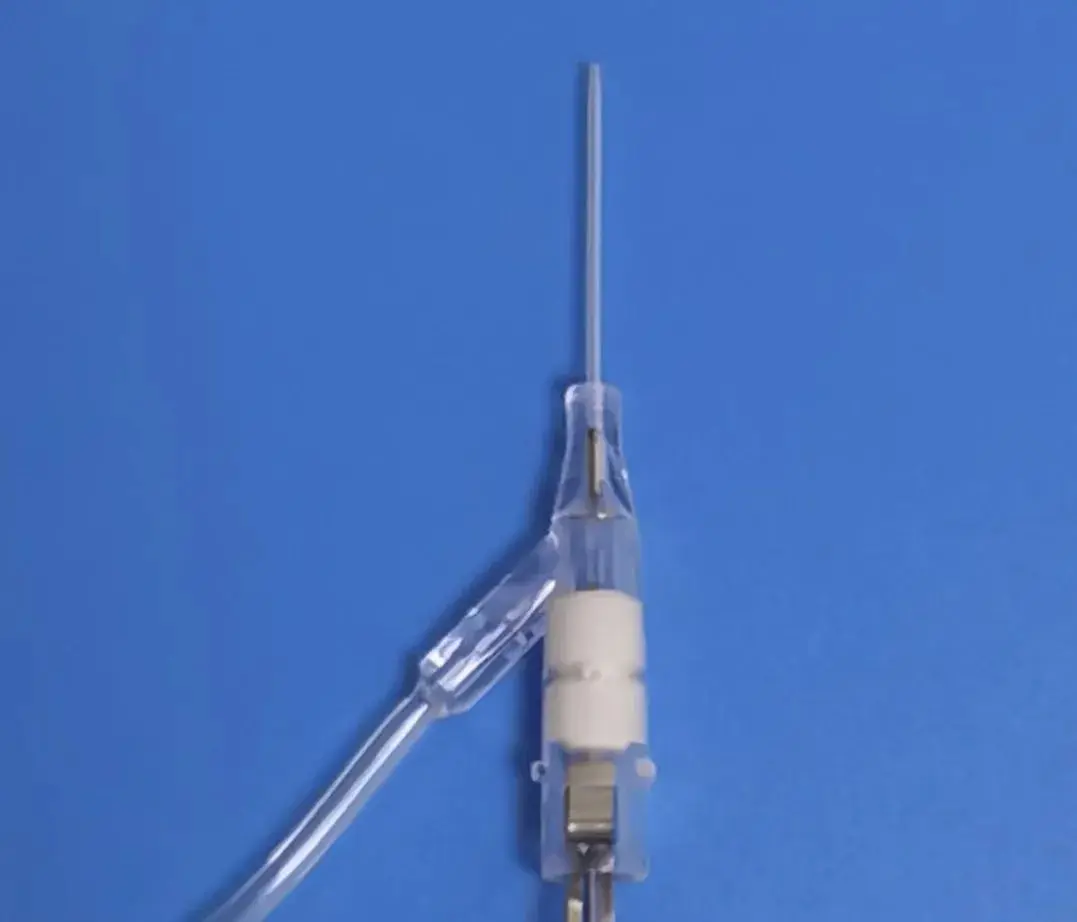 Single Use Intravenous Catheter Certification Test
Single Use Intravenous Catheter Certification Test
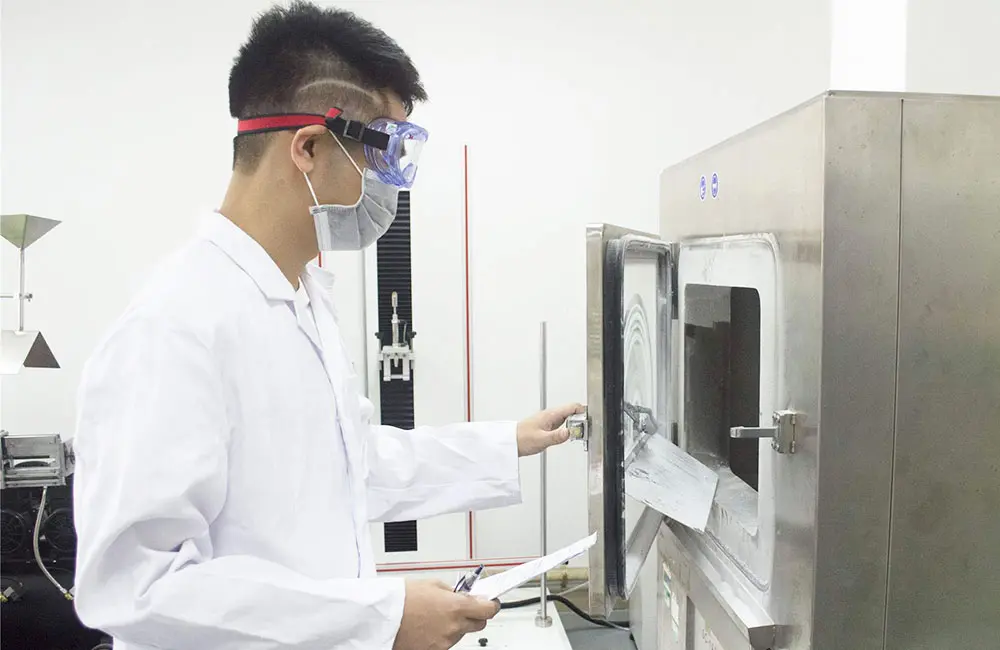 Silicone Material Product Compliance Certification
Silicone Material Product Compliance Certification
 What to Do If Cytotoxicity Test Results Are Positi
What to Do If Cytotoxicity Test Results Are Positi
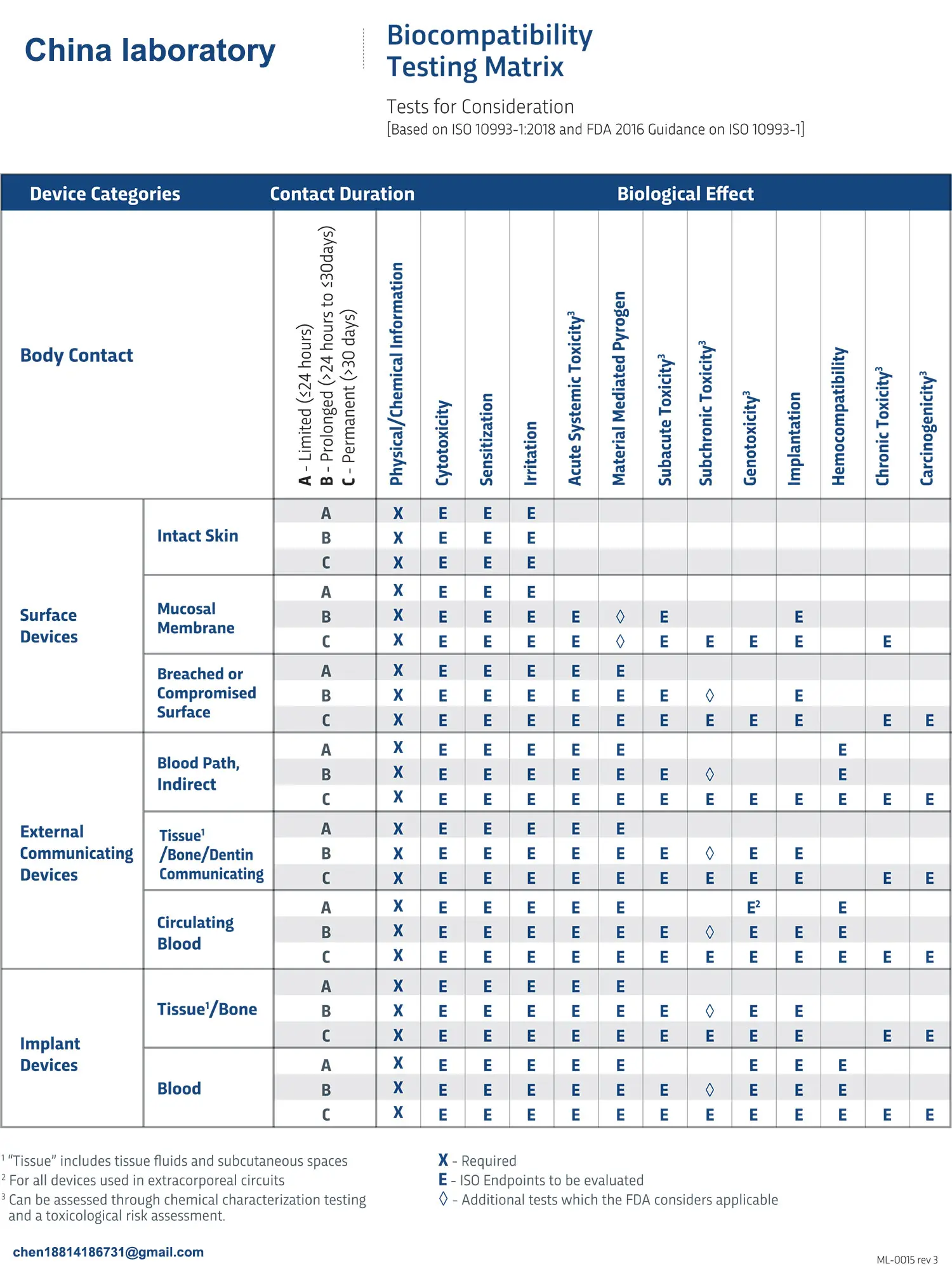 ISO 10993:5 Cytotoxicity Testing Methods
ISO 10993:5 Cytotoxicity Testing Methods
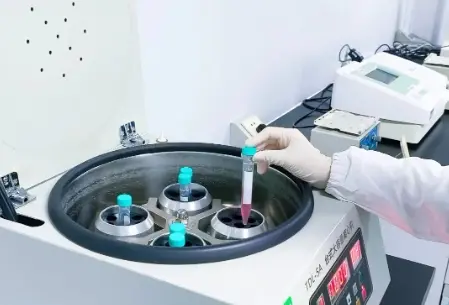 FDA ISO 10993-1 Biocompatibility Evaluation Guidel
FDA ISO 10993-1 Biocompatibility Evaluation Guidel
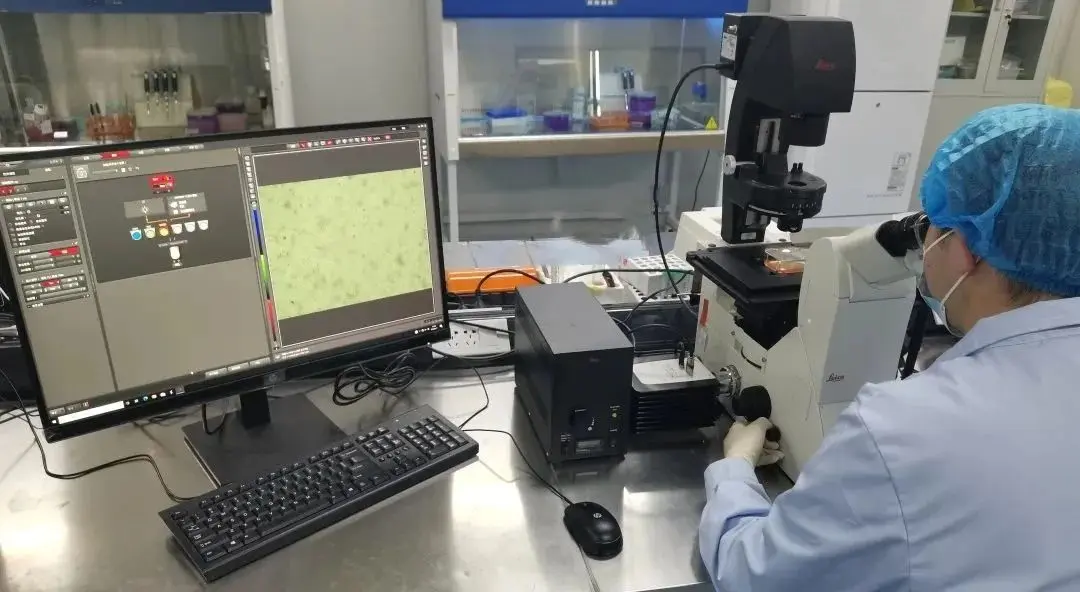 In Vitro Cytotoxicity Testing for Medical Devices
In Vitro Cytotoxicity Testing for Medical Devices
Leave us a message
24-hour online customer service at any time to respond, so that you worry!




